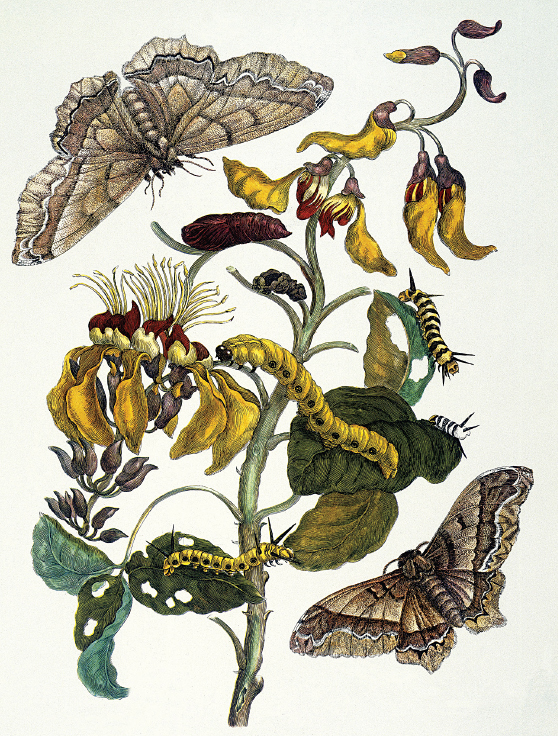What intellectual and social changes occurred as a result of the Scientific Revolution?

Metamorphoses of the Caterpillar and MothMaria Sibylla Merian (1647–
TTHE CREATION OF A NEW SCIENCE was not accomplished by a handful of brilliant astronomers working alone. Scholars in many fields — medicine, chemistry, and botany, among others — used new methods to seek answers to long-